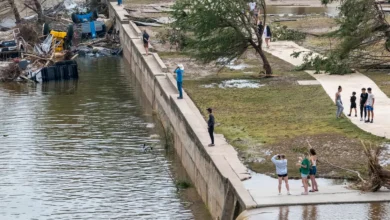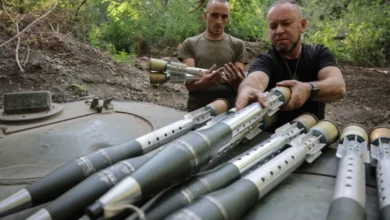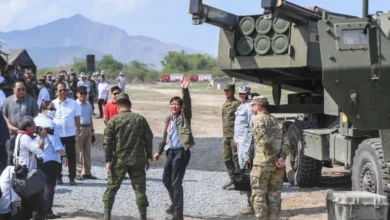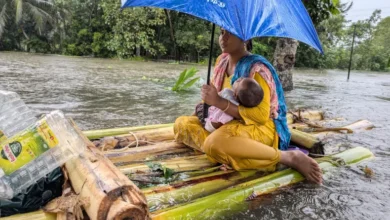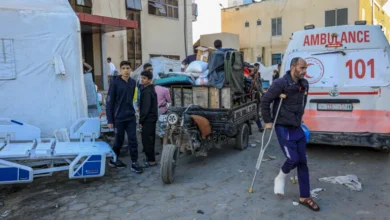‘Everyone feels unsafe’: Border panic as Indian forces kill Myanmar rebels
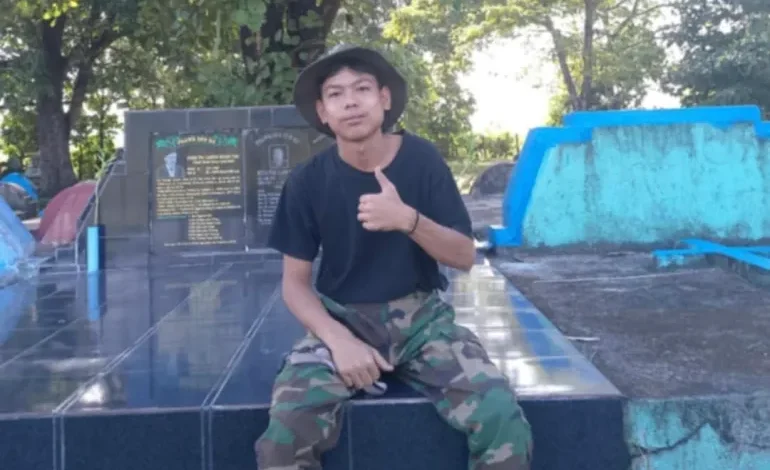
Flies hovered over the blackened and swollen bodies of men and boys, lying side-by-side on a piece of tarpaulin, in blood-soaked combat fatigues, amid preparations for a rushed cremation in the Tamu district of Myanmar’s Sagaing region, bordering India.
Quickly arranged wooden logs formed the base of the mass pyre, with several worn-out rubber tyres burning alongside to sustain the fire, the orange and green wreaths just out of reach of the flames.Among the 10 members of the Pa Ka Pha (PKP), part of the larger People’s Defence Forces (PDF), killed by the Indian Army on May 14, three were teenagers.
The PKP comes under the command of the National Unity Government (NUG), Myanmar’s government-in-exile, comprising lawmakers removed in the 2021 coup, including legislators from Nobel Laureate Aung San Suu Kyi’s National League for Democracy party.
It mostly assists the PDF – a network of civilian militia groups against the military government – which serves, in effect, as the NUG’s army.
The Indian Army said that on May 14, a battalion of the country’s Assam Rifles (AR) paramilitary force patrolling a border post in the northeast Indian state of Manipur, killed 10 men armed with “war-like stores” who were “suspected to be involved in cross-border insurgent activities”. The battalion, the Indian Army said, was “acting on specific intelligence”.The Indian soldiers were stationed at the border in Chandel, a district contiguous with Tamu on the Myanmar side of the frontier. Manipur has been torn by a civil war between ethnic groups for the past two years, and Indian authorities have often accused migrants from Myanmar of stoking those tensions.
However, disputing the Indian version of the May 14 events, the exiled NUG said its cadres were “not killed in an armed encounter within Indian territory”. Instead, it said in a statement, they were “captured, tortured and summarily executed by” Indian Army personnel.
For nearly five years since the coup, political analysts and conflict observers say that resistance groups operating in Myanmar, along the 1,600km-long (994 miles) border with India, have shared an understanding with Indian forces, under which both sides effectively minded their own business.
That has now changed with the killings in Tamu, sending shockwaves through the exiled NUG, dozens of rebel armed groups and thousands of refugees who fled the war in Myanmar to find shelter in northeastern Indian states. They now fear a spillover along the wider frontier.
Sign up for Al Jazeera
